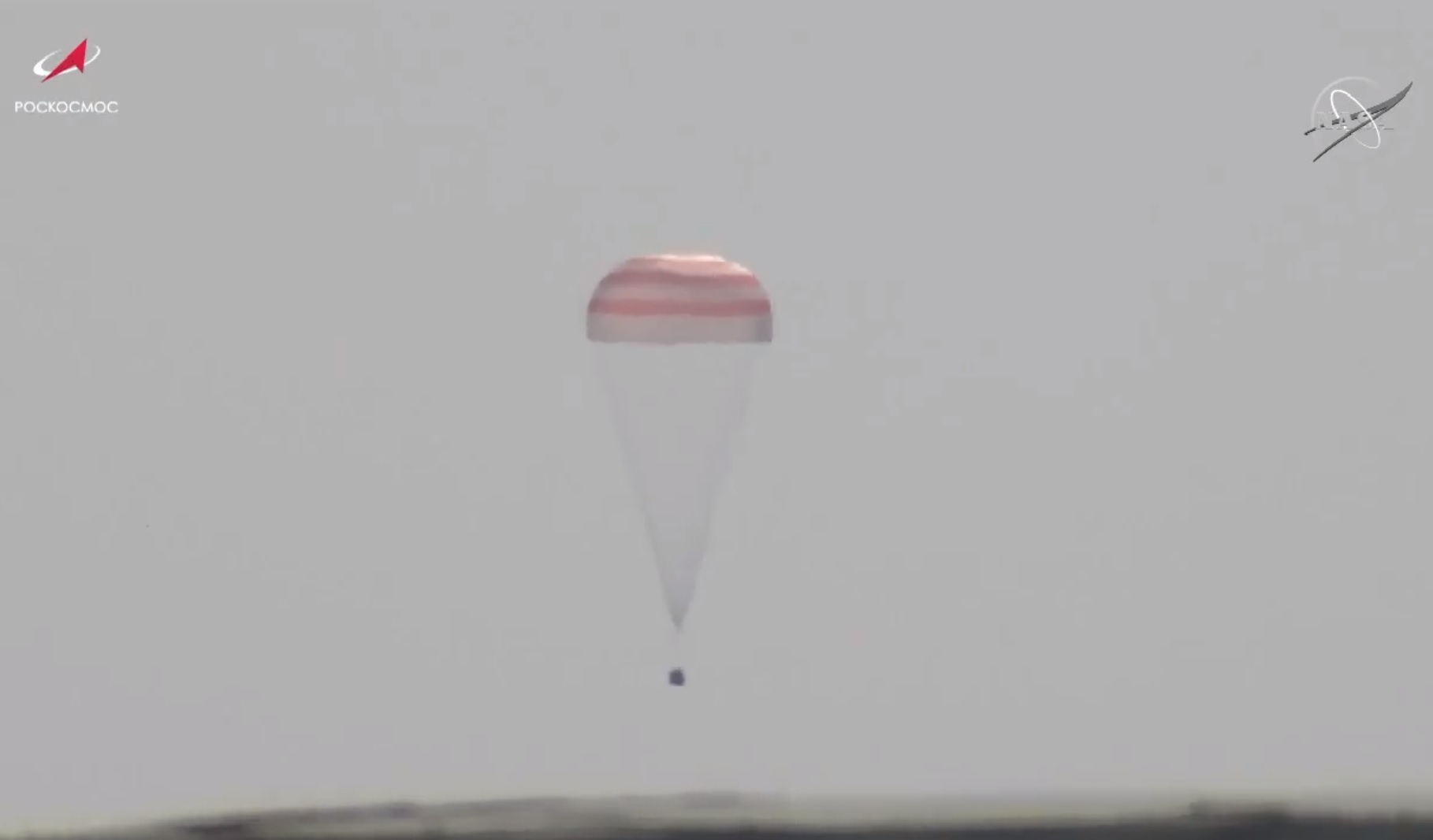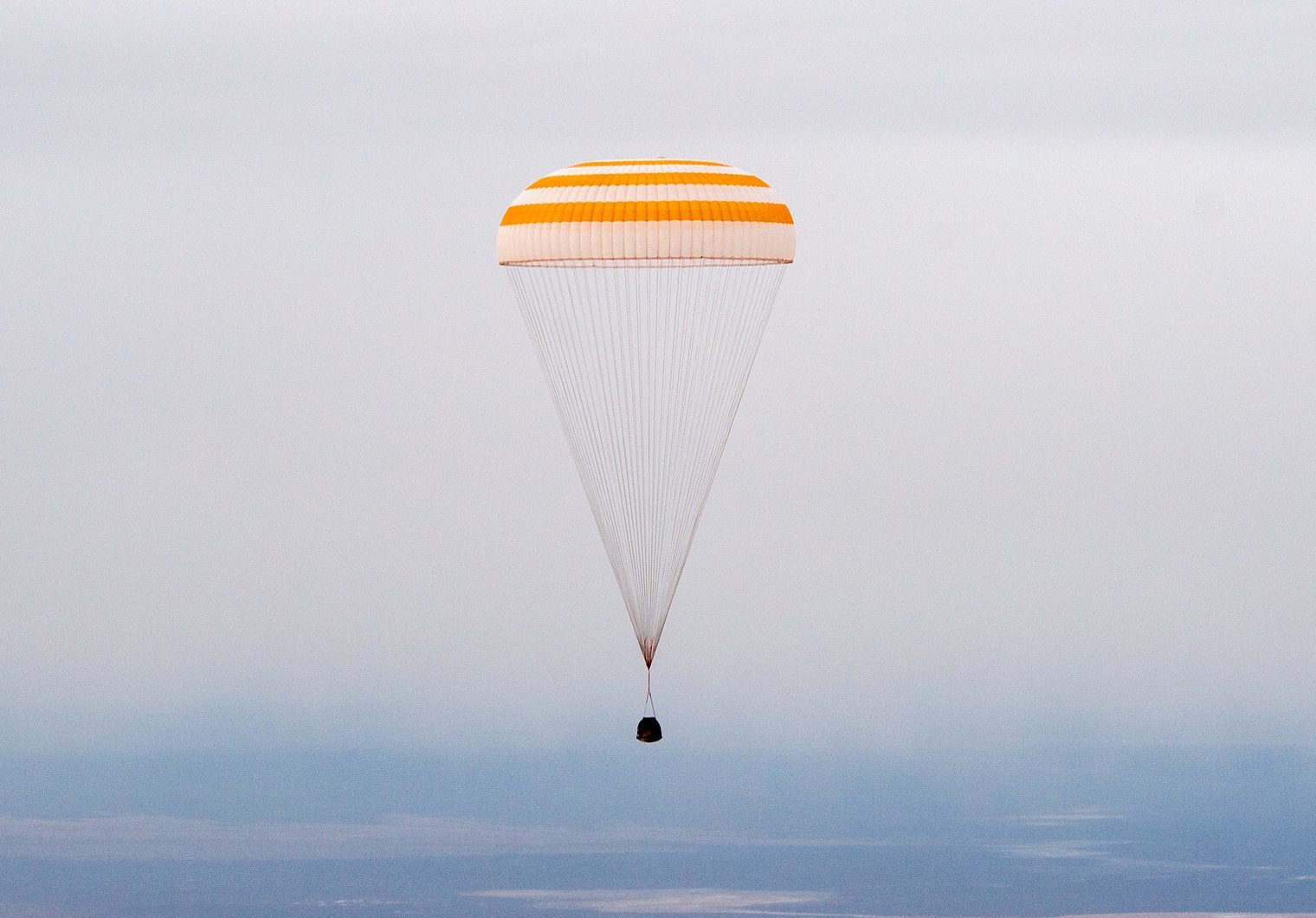
Science is in full swing aboard the International Space Station today as the Expedition 65 crew studies how microgravity affects the human body. Back on Earth, four Commercial Crew astronauts are less than two days away from launching to the orbiting lab from Florida.
Blood samples, muscle scans and exercise were the subjects of Tuesday’s space research to learn how the human body adapts to weightlessness. To start the day, Flight Engineers Michael Hopkins and Soichi Noguchi collected their blood samples and stowed them in a science freezer for later analysis. Hopkins then joined Flight Engineer Victor Glover for muscle scans using an ultrasound device to understand how space impacts muscle tone, stiffness and elasticity.
NASA astronaut Mark Vande Hei, who is in his second week aboard the station, attached sensors to his chest and worked out on a stationary bike for another human research experiment during the day. The exercise study measures an astronaut’s aerobic capacity and the effort required to perform strenuous activities such as spacewalks.
Another muscle study is observing changes in the genetic expression of muscles that take place in microgravity. Station Commander Shannon Walker of NASA peered at tiny worms in a microscope and recorded video as they wriggled through a specialized device that measures muscle strength. Muscle proteins change in space affecting muscle mass and strength and scientists are exploring therapies to offset this loss.
Cosmonauts Oleg Novitskiy and Pyotr Dubrov juggled a variety of science and maintenance tasks in the station’s Russian segment today. Novitskiy powered down an atmospheric study then configured communications and ventilation gear. Dubrov inspected areas in the Russian modules and studied ways to maximize a workout in space.
NASA and SpaceX mission managers are “go” for Thursday’s launch at 6:11 a.m. EDT of four Crew-2 astronauts to the space station. NASA astronauts Shane Kimbrough and Megan McArthur will occupy the commander and pilot seats respectively inside the Crew Dragon Endeavour during the ride to their new home in space. They will be flanked by Mission Specialists Akihiko Hoshide and Thomas Pesquet when they dock on Friday at 5:30 a.m. to the Harmony module’s forward-facing international docking adapter. NASA TV will broadcast the Crew-2 mission continuously from launch to docking beginning Thursday at 2 a.m.








